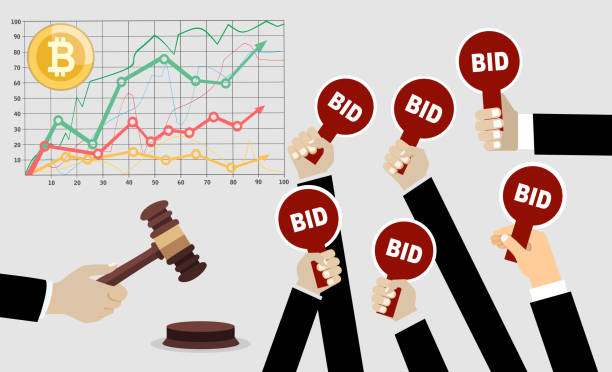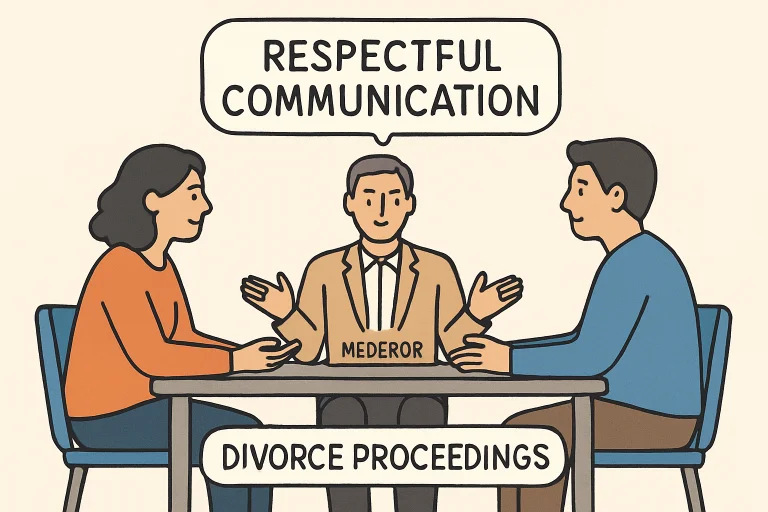The Winning Bid: Tips to Choose the Best Auction Platform for Strategic Sourcing
Introduction
Organisations are quickly leveraging state-of-the-art technology to enhance supplier relationships, streamline processes, and enhance competitiveness in the digital-first procurement world of today. An auction platform, a computer system that allows competitive, real-time bidding for goods and services, is one such powerful tool. Your bottom line can be significantly affected by a reliable auction platform, whether you're purchasing professional services, specialty supplies, or raw materials. Auction tools offer transparency, speed, and efficiency that simply cannot be matched by standard negotiating methods if integrated into an overall e-sourcing system. However, it may be a challenge to select the best auction site with all the options presented. It requires weighing precisely your goals, requirements, and the capabilities of multiple suppliers very carefully. Below are seven expert tips to assist you in selecting the best auction platform for your business.
Tips to Choose the Best Auction Platform for Strategic Sourcing
- Establish Your Sourcing Objectives and Auction Requirements.
Before evaluating any auction website, you must determine what you wish to achieve. Do you desire to reduce the procurement cost? Accelerate the sourcing cycle? Enhance the transparency of the vendor selection process. Which platform features are required will depend on your goals.
Keep in mind your typical sourcing categories, the volume of vendors you manage, and the complexity of your auctions. The ideal platform should align with your e-sourcing system's strategic objectives and fit within your firm's strategy. You might avoid unnecessary features and focus on solutions that offer real value by establishing your requirements early on.
- Evaluate the Usability of the Platform for Suppliers and Buyers
User experience is a key element of any thriving auction site. The site must be simple to use and accessible for your internal procurement team and external vendors alike. A complicated user interface will discourage participation, reduce the stress of competition, and, in the end, yield less optimal results.
Look for solutions with easy navigation, uncluttered instructions, and tidy dashboards. Supplier-side usability is particularly important; suppliers will be less likely to come to future events if they struggle with registering, submitting bids, or viewing rankings. A hassle-free user experience also accelerates onboarding throughout your e-sourcing system by reducing the amount of in-depth training and support required.
- Ensure Diverse Auction Formats Are Supported
Not all auctions are created equal, and based on category, dealer context, or negotiating fashion, your procurement needs may require differing types. Numerous sorts of public sale formats, together with reverse auctions, English auctions, Dutch auctions, and sealed-bid auctions, must be accommodated through a flexible public sale platform.
You can tailor the auction format to certain sourcing situations due to its flexibility. For instance, a sealed-bid format will suit procurements of secret services, while a reverse auction is best suited for procuring huge volumes of commodities. These formats can also be utilised as part of a combined sourcing event due to integration with your e sourcing system.
- Look for Strong Integration Capabilities
If a stand-alone auction platform is not integrated with your existing procurement systems, it can quickly become a bottleneck. The ideal systems offer seamless integration with your e-sourcing system, supplier databases, ERPs, and contract management systems. With this integration, supplier information is ensured to flow between systems seamlessly, reducing errors, duplication, and improving data accuracy.
Ask about the pre-existing connectivity, customisation options, and API functionalities of potential providers.
Each procuring phase is optimised when procurement teams leverage an effectively integrated platform to keep supplier profiles, review historical information, and analyse auction outcomes within a centralised sourcing framework.
- Review Reporting and Real-Time Analytics Functions
The ability to produce instant feedback is one of the most striking features of any great auction platform. During the occasion, procurement experts need a view to view actual-time bidding reports, supplier rankings, and public sale progress with a view to making fast, informed choices.
In addition to real-time analytics, thorough post-auction reports are crucial for assessing price patterns, supplier behaviour, and performance. Better planning and forecasting for upcoming sourcing events are made possible by these insights, which are sent straight into your e-sourcing system. Platforms with customisable dashboards and sophisticated reporting features that cater to your procurement KPIs should be given preference while evaluating them.
- Examine Training and Support Services for Vendors
To get results, even the most feature-rich auction platform needs efficient onboarding and continuous assistance. Seek suppliers that give thorough paperwork, training courses, and round-the-clock technical assistance. This guarantees that vendors and your own team can take full use of the platform's capabilities.
If your organisation is new to digital sourcing, some firms take it a step further and offer managed auction services or auction strategy advice. Along with driving user adoption, good-quality support ensures that each auction runs smoothly without any issues, maximising return on investment in your e-sourcing system.
- Check Global Capabilities and Scalability
Your sourcing events will become more advanced as your business grows. The ideal auction platform must grow with your company, easily accommodating cross-border buying, varied sourcing categories, and higher volumes of suppliers. Multi-language functionality and multi-currency functionality are especially significant for international companies.
For a platform to be scalable, it ought to also adapt to changing laws and era developments by regularly releasing updates, new capabilities, and security fixes. Your procurement infrastructure turns into an extended-term asset that can react to changing market conditions and corporate goals, whilst paired with a scalable e-sourcing device.
Conclusion
Selecting the ideal auction platform is a strategic move that could result in enormous increases in sourcing speed, provider engagement, and value discount. You can turn your procurement process into an open, data-driven, and highly competitive environment where value is maximised at every opportunity with the right technology. Auction features are even more effective when part of a full-featured e sourcing system, which can help you better manage supplier relationships, automate workflows, and improve decision-making across your procurement processes. The proper platform is the foundation of today's modern, agile, and strategic sourcing, offering everything from real-time bidding to actionable insights. You'll be well ahead of the game in selecting an auction platform that adds value to your procurement plan and generates lasting business value if you stick to the seven guidelines outlined in this article: establishing definite goals, prioritising usability, accommodating multiple formats, prioritising integration, using analytics, getting vendor sponsorship, and making growth plans.




